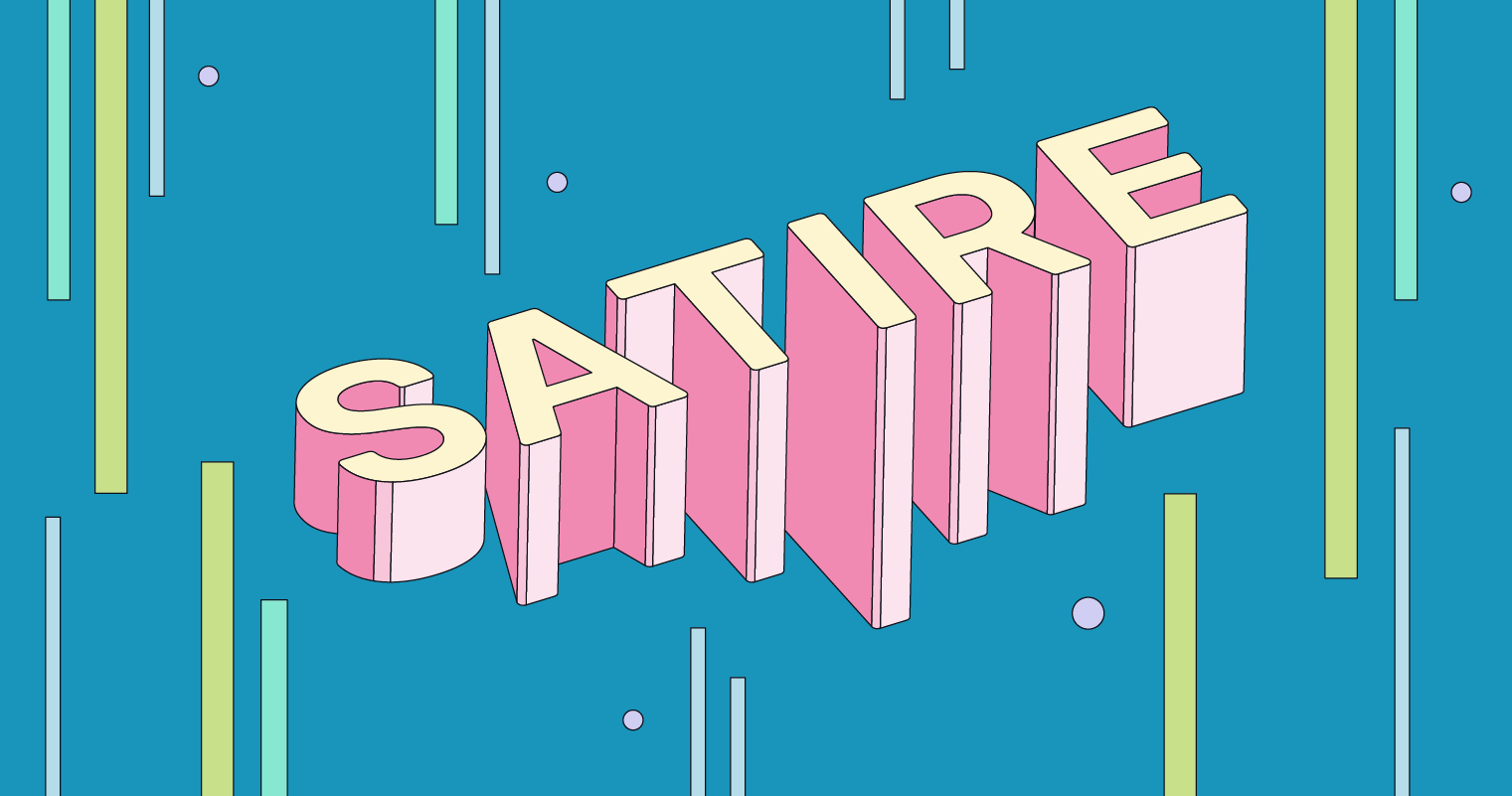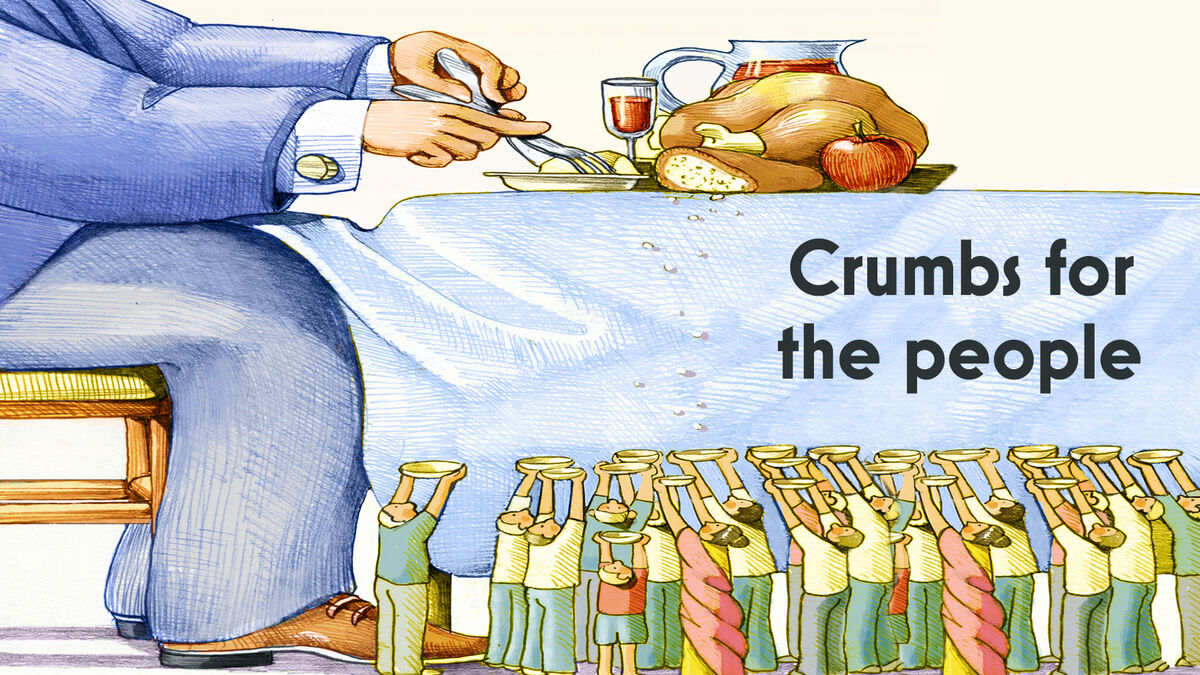
I’ll admit it—I used to think satire was just comedians making fun of the news. Then I read Jonathan Swift’s A Modest Proposal in school, and it messed with my brain in the best way. He suggested eating babies… to solve poverty. I was horrified, confused, then absolutely floored by how smart it was.
That’s the magic of satire. It sneaks in through your funny bone, then pokes your brain (and sometimes your conscience) before you even realize what’s happening.
What Is Satire, Really?

Let’s break it down: satire is a form of criticism wrapped in humor. It uses wit, irony, exaggeration, or sarcasm to point out the flaws, hypocrisy, or absurdity in society, politics, or human behavior.
But it’s not just for laughs. The goal of satire is to make people think, to highlight real issues through clever commentary. It’s the art of saying, “This is ridiculous!”—while also saying, “But look closely, this is real.”
And whether it’s a TV skit, a meme, or a 300-year-old essay, satire has always had one job: hold up a mirror to society—and smudge the reflection just enough to make it uncomfortable.
The Many Faces of Satire: From Classics to Cartoons
Satire isn’t limited to books or stand-up routines. It shows up everywhere.
-
Literature: From Swift to George Orwell (Animal Farm, anyone?), writers have used fiction to critique everything from class inequality to authoritarianism.
-
TV & Film: Shows like The Daily Show, Saturday Night Live, and Black Mirror use humor to comment on politics, pop culture, and tech obsession.
-
Cartoons: Political cartoons might look silly, but they can bite harder than a news headline.
-
Memes: Yep, even those viral image macros. When crafted right, a meme can be pure satire—funny, timely, and razor-sharp.
I remember when a single SpongeBob meme made a stronger point about social burnout than a dozen think pieces. That’s the power of smart, visual satire—it spreads fast, hits hard, and sticks.
Why Satire Works So Well (Even When It Hurts)
Here’s the thing—people hate being told they’re wrong. But they’ll laugh when you point it out cleverly.
Satire disarms. It’s like sugar coating on a bitter truth. It makes people more likely to engage with tough topics like racism, corruption, inequality, or climate denial, without immediately putting up their defenses.
It also creates a safe space for discomfort. When you laugh at a satirical piece, you’re acknowledging the absurdity—but also the truth. That tension? That’s where real thought happens.
Some of the best satire I’ve read left me laughing one minute and questioning everything the next.
Satire Isn’t Always Safe (And That’s the Point)
Let’s be real—satire can be controversial knowledge. It walks a thin line between funny and offensive, clever and cruel. And sometimes? It crosses that line.
But that’s also why it matters. Satire pushes boundaries. It tests how far we’re willing to go to protect free speech, and what we’re willing to tolerate in the name of humor. Sometimes, it sparks real debate—and that’s when it’s doing its job.
Still, not all satire is created equal. When it punches down (mocking the powerless) instead of punching up (challenging authority), it stops being effective and starts being mean.
How to Recognize Good Satire (So You Don’t Miss the Point)
If you’ve ever read something and thought, “Wait, is this real?”—you’re not alone. Good satire blurs that line on purpose.
Here are a few signs you’re reading or watching satire:
-
It uses exaggeration to make a point (but not just for shock value)
-
There’s an underlying critique—not just jokes for jokes’ sake
-
It’s often timely and connected to current events
-
It leaves you thinking, not just laughing
Also: it doesn’t always come with a laugh track. Some satire is dark, subtle, and unsettling—which is what makes it brilliant.
Why We Still Need Satire (Now More Than Ever)
In a world flooded with misinformation, performative outrage, and endless headlines, satire helps us filter the nonsense. It cuts through the noise with humor, helping us make sense of complicated or overwhelming issues.
And let’s be honest: sometimes, laughter is the only way to stay sane.
When the world feels upside down, satire steps in and says, “Yeah, it’s wild. Let’s talk about it—through jokes.”
Discover the art of great food and unforgettable gatherings at Decology – your go-to guide for dining and entertainment. – https://decology.com
Final Thoughts: Laugh Loud, Think Hard
Satire is more than clever writing or funny sketches. It’s a tool for awareness, a weapon against hypocrisy, and sometimes—if we let it—a spark for change.
So the next time you see a sarcastic news parody, a biting comic, or a wild meme that seems too real to be fake, take a closer look. Behind the laughter, there’s usually something serious waiting to be noticed.
And that’s the beauty of it. It makes you laugh… then makes you think.
The Art of the Short Story: Creating Powerful Narratives in Brief Formats
Short stories are a unique form of storytelling, where every word counts and impact is delivered in just a few pages. Short Stories: Crafting Impactful Narratives in Brief Formats explores the nuances of writing short stories, from structuring compelling plots to creating unforgettable characters in limited space. If you’re a writer looking to sharpen your skills or simply a fan of concise yet powerful stories, this article offers great insights into mastering the short story format. Check it out and start crafting your own impactful narratives!







